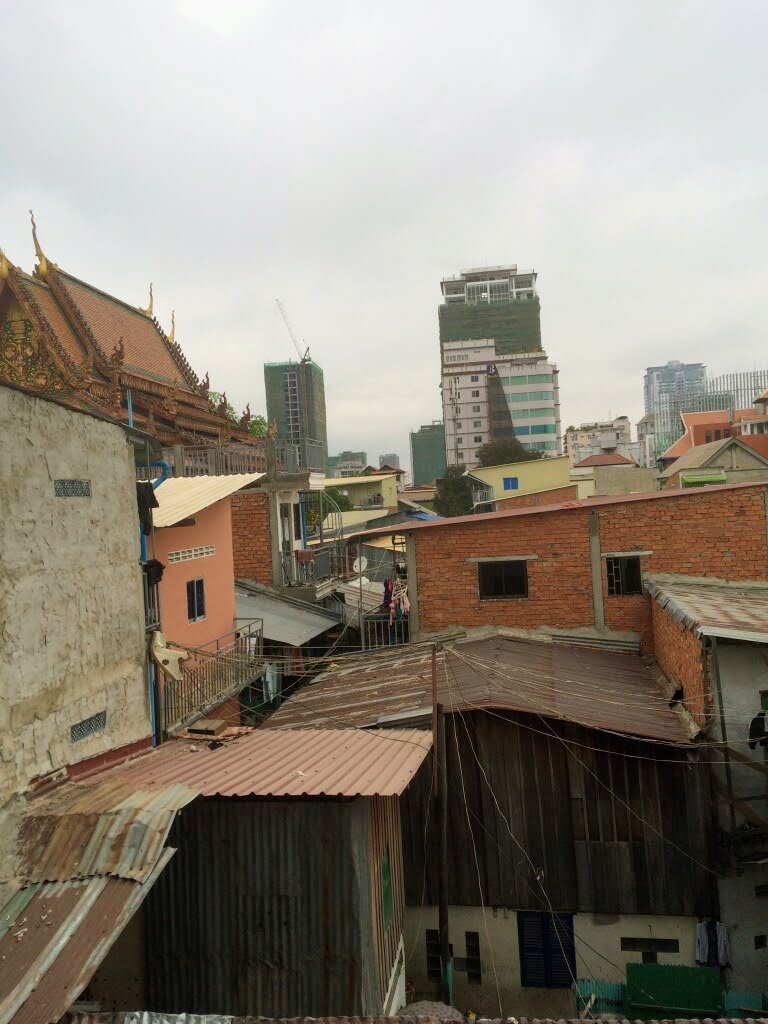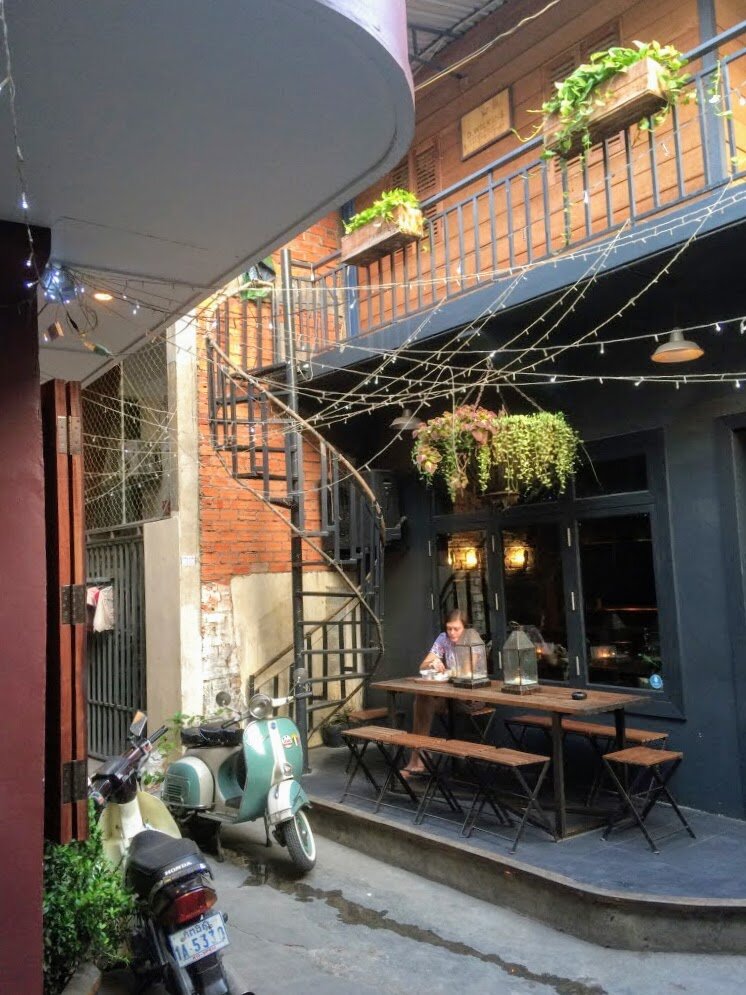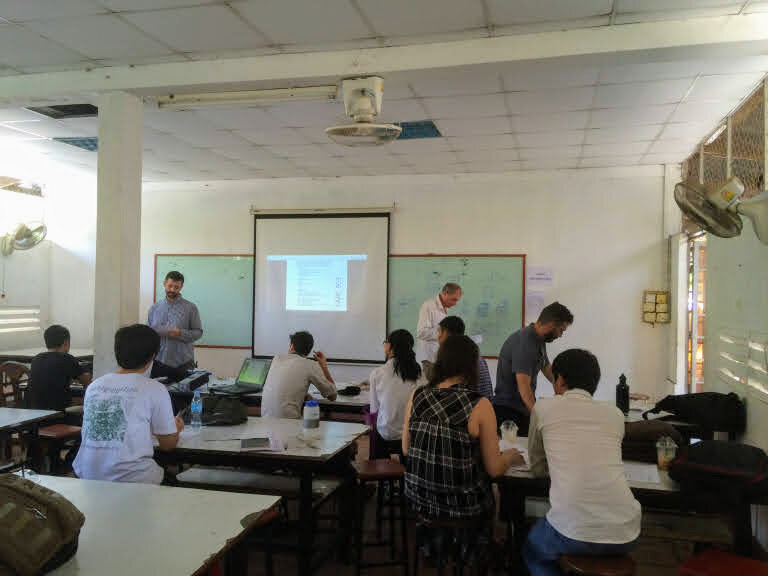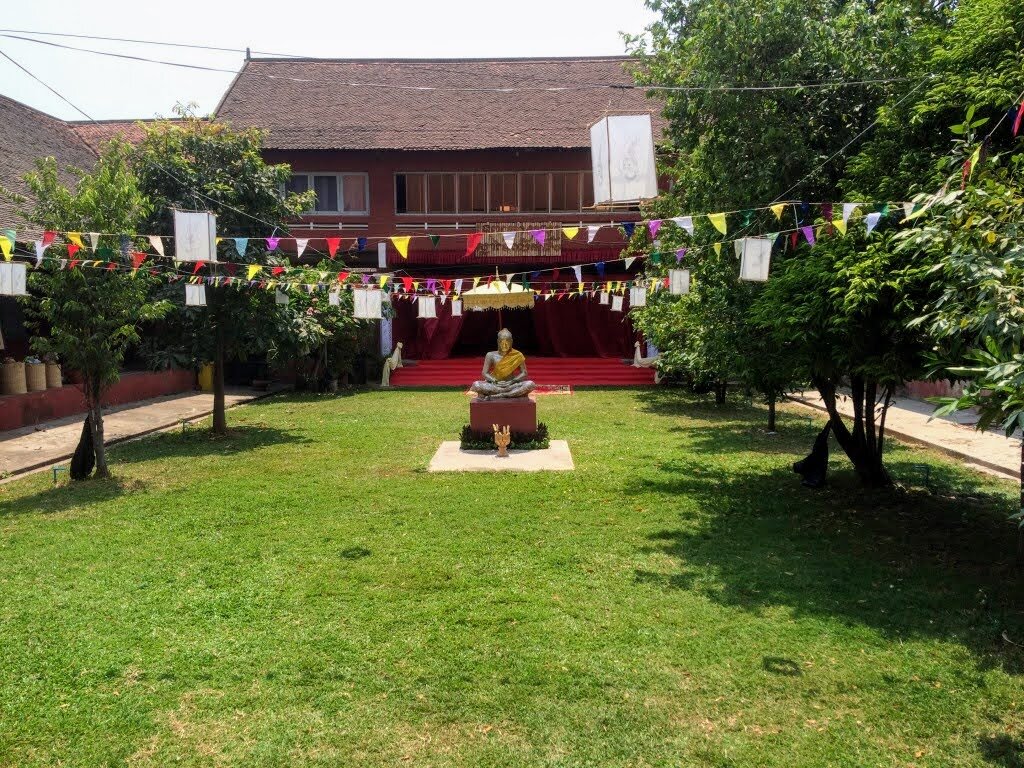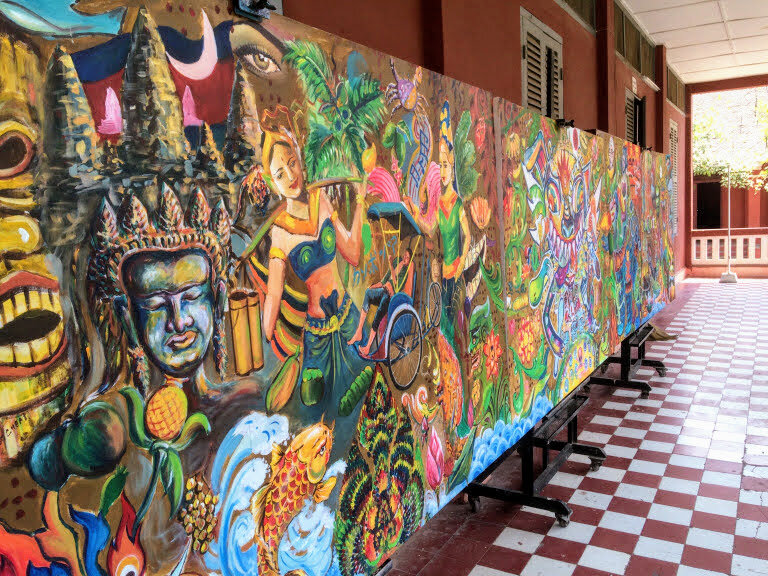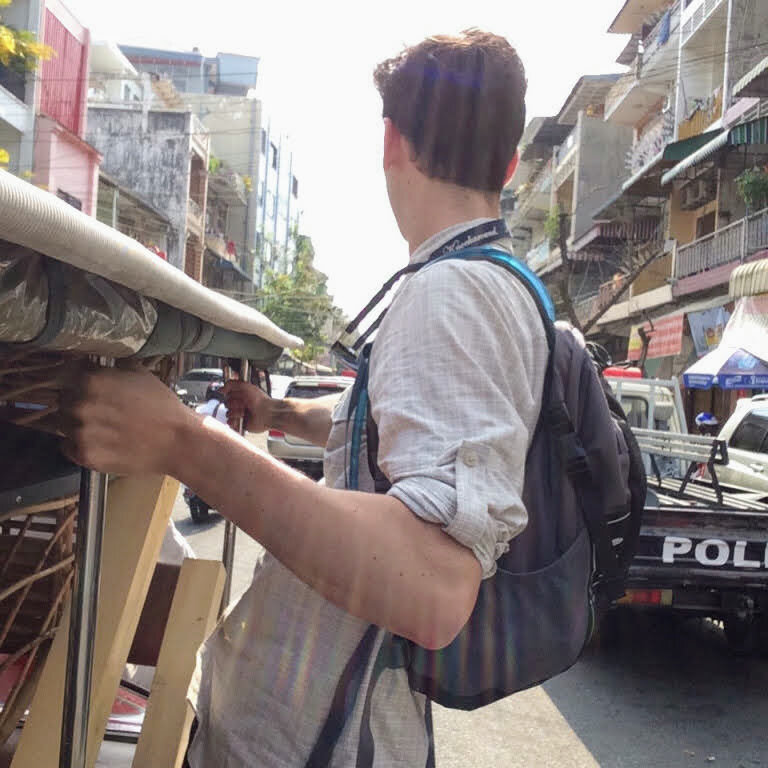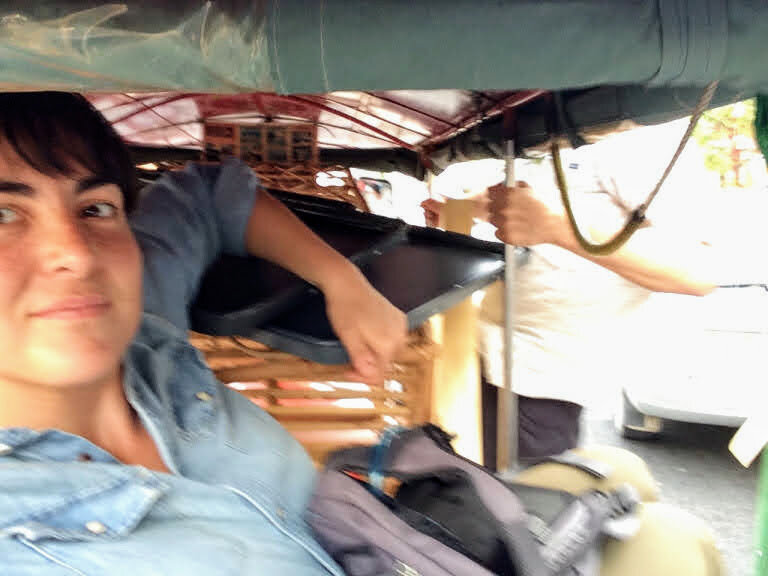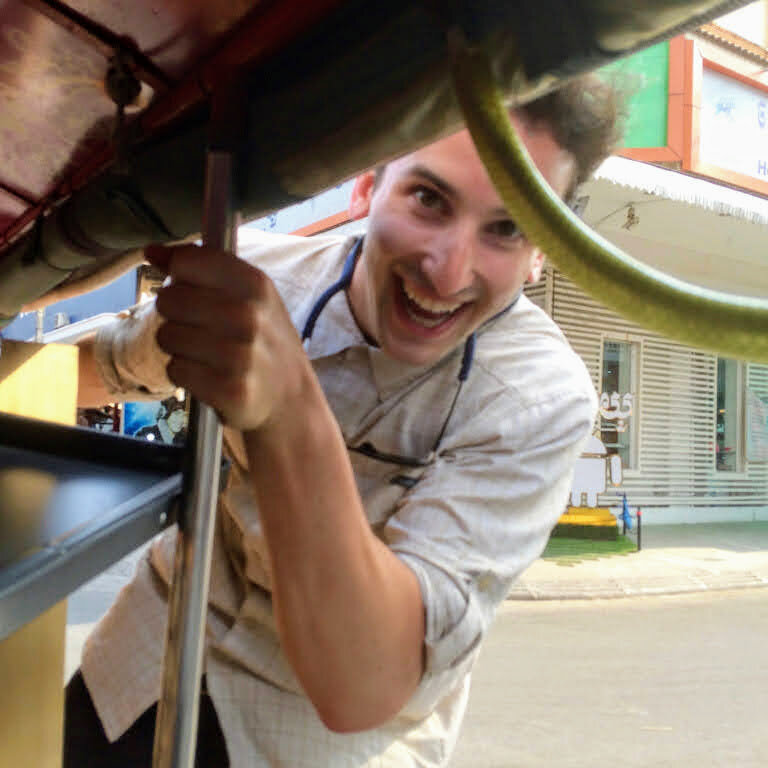Cambodia: Phnom Penh
I signed up to be part of the UW College of the Built Environment’s inaugural program in Phnom Penh. Six graduate students of landscape architecture flew out for spring quarter 2016 to conduct community-based outreach and design with an informal urban community called Pongro Senchey. Our first week involved a lot of orientation to the country, city, culture, language, and our host university.
There are a lot of challenges here, Cambodia is home to the most NGOs of any country in the world. Institutionalized violence has left huge scars on the country and its physical and cultural landscapes. Conversations about history, landscape, architecture, art, and planning inevitably involve a distinction of before-and-after the cultural cleansing of the Khmer Rouge. I am currently reading about geopolitics and economics of the South China Sea, and being in a place where informal urban communities and battered colonial architecture are punctuated by prototypical skyscrapers built by Chinese, Korean and Japanese investors conjures mixed feelings.
Our apartment building is right next to an informal urban community that was allowed to improve in place — it’s an interesting place full of tiny twisting alleys that dead-end into crevices full of skittering street cats and older women cooking on stoops. It butts right up against the rest of the neighborhood, which is brimming with expats and becoming pretty posh. The neighborhood is called Tonle Bassac and it’s full of expats, and there are a lot of foreigner-run cafes and bars serving Western food and cocktails, catering to the Western cafe/pub culture that didn’t exist here before.
Once everyone had arrived, we piled into tuk tuks and our professor bought us all bikes. At first traffic here seems terrifying. Medians are demarcated only on main boulevards, and you’re never quite sure if a street is one-way or two-way, but it doesn’t really matter. There is an ‘informal lane’ on the side of every street where motos and tuk tuks are permitted to drive opposing traffic in order to reach their destination or merge in the other way. However, nobody drives very fast and everybody is VERY aware of their surroundings so they use common sense and nobody gets hurt.
In a week of being in Cambodia I haven’t witnessed a single collision — but imagine going a week in the US without seeing an accident.
Phnom Penh has no stormwater or sewer treatment plant — wastewater is channeled to wetlands south of the city. Phnom Penh experiences flooding on an annual basis in a dramatic way, however it is full of hardscape. We have been doing some introductory readings about this condition and by some estimates damages from flooding amount to $60-80 million per year in lives lost and the damage to buildings, agriculture, and infrastructure. However, the agricultural communities of the Mekong delta (Phnom Penh is situated at the confluence of three rivers: Mekong, Tonle Sap, and Bassac) are tremendously dependent upon the annual flooding, which is estimated to produce $6-8 billion in revenues each year.
Our host university is the Royal University of Fine Arts (RUFA), an institution dedicated to the preservation of Khmer culture, an especially important task given Cambodia’s recent history. It is situated just south of the Riverside district near the National Museum and the Royal Palace. We have already made friends with the waitress at a nearby Lebanese restaurant. She teases us about how we take our coffee and challenges us to guess the total on every bill.
We arrived during the student exhibition on campus. There was some really awesome work as well as impromptu jam sessions, dance parties, and a whole bunch of food booths.
After our architecture tour, we were split into groups and tasked with helping ArcHub PNH, a local makerspace, move out of their current space into a temporary room at RUFA. Russ, Grayson and I helped Ben move stuff for ArcHub, but Grayson had no idea what he was in for. The last tuk tuk load was too full for both of us to sit inside, so Grayson got to hold onto the side, and was at the mercy of our driver. He survived, but just barely, since the driver did not seem that concerned about scraping him off.
The rest of the group was a lot smarter, and helped get things organized at RUFA. When we arrived, harried and sweaty, they were hanging out sipping iced coffees.

